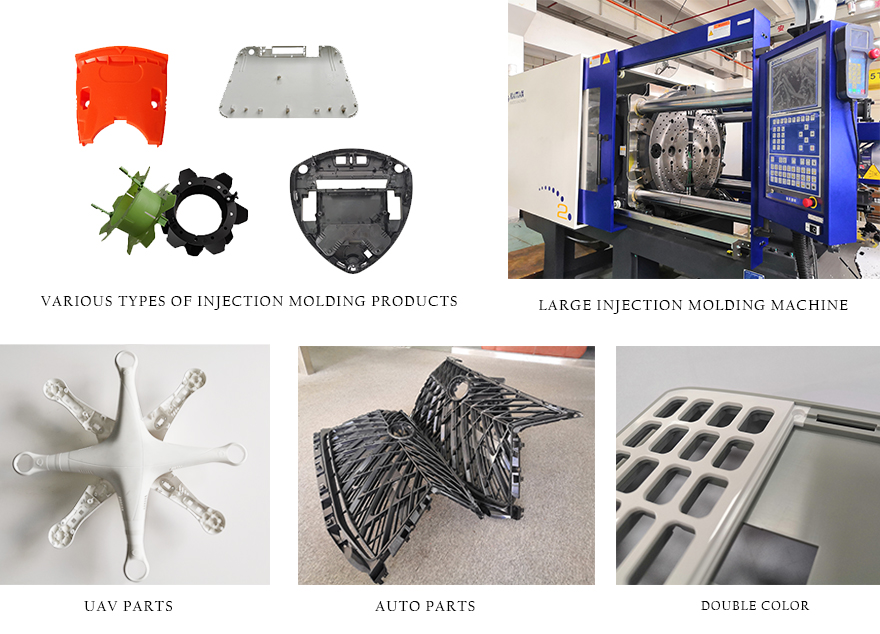“Currently, hybrid buses are the best performing type of new energy vehicle industry. By 2015, in the absence of national financial subsidies, hybrid hybrid buses may have market competitiveness.â€
This is Wang Binggang, head of the supervision consulting expert group for the “Energy Conservation and New Energy Vehicles†Major Project of the National 863 Program. At the 2013 China (Hangzhou) International New Energy Vehicle Marketing Promotion Summit Forum on July 12, "High-evaluation of the effect achieved by the promotion of hybrid buses in the demonstration project".
In his opinion, from the perspective of the promotion of domestic hybrid buses, hybrid vehicles have not only lost the opportunity of development in the world, but have quickly approached the edge of industrialization.
More than 17,000 fuel-efficient rates for over 4 years in hybrid buses
In the face of the unsatisfactory answer to the "Ten Cities, Thousands" pilot cities, Wang Binggang emphasized that hybrid buses are the best type of development for all types of new energy vehicles. "As of the end of 2012, the total number of various types of demonstration vehicles in the country reached more than 27,000, of which 12,156 were hybrid buses, which accounted for about half of all model vehicles."
In addition, Wang Binggang also stated that “this year, four ministries and commissions have promoted the use of hybrid buses in non-model cities and set a target of 5,000 vehicles. This task has already been completed.†Therefore, the number of 5,000 vehicles plus the number of promotions in the previous three years At present, the number of domestic hybrid buses has reached more than 17,000.
The number of hybrid buses that are promoted as far as possible is satisfactory, but Wang Binggang believes that the gradual maturation of hybrid bus technologies is even more gratifying. "When testing hybrid buses, the combined data is satisfying."
It is understood that in 2012, the National 863 Program Expert Team conducted various tests on 13 types of 12-meter body hybrid buses in Kunming. Among them, in the fuel consumption test of urban operating conditions, the fuel consumption per 100 km was the lowest at 24.55 liters. The maximum is 31.6 liters (non-air condition). If the traditional 12-meter bus consumption is 36 litres/hundred kilometers, the fuel economy of hybrid buses can reach 31.8%.
Regarding the achievements of hybrid buses, Wang Binggang believes that, indeed, many people are doing a lot of work before they can achieve very good results. “The hybrid buses like Yutong, Wuzhoulong, and Jinlong are all doing very well, and the corresponding sales are also very large.â€
The mixed technology is the strongest for 3 years or marketable
It is reported that the technical systems used in domestic hybrid buses are classified into three types: shallow mix, medium mix, and deep mix. At present, which kind of technology is better?
In Wang Bing-gang's view, the hybrid system technology in hybrid buses tends to be stable. The best system operating conditions in a city with 100 kilometers of fuel consumption is about 24 liters (12 meters of passenger cars), and its future competitiveness is very large.
After such an advantageous performance, Wang Binggang appealed that the relevant passenger car companies should continue to invest in R&D on medium-mix technology, and must strive to reduce their costs. “As an estimate, if the cost of fuel vehicles does not increase by more than 150,000-200,000, then in 2015 without the national financial subsidies, the hybrid-electric hybrid buses may already have market competitiveness. This goal, many companies believe It can be achieved in the next three years."
However, because deep-mixing technology has the advantage of higher fuel economy, Wang Binggang has emphasized that companies need to patiently continue to invest in this. "The hardest part of a hybrid car is a deep-mixed car. This piece of technology needs very good progress. It really takes a couple of years or more."
“Tianjin Songzheng and China Automotive Technology and Research Center have made progress in the deep-mixing system R&D. The Matsunaga system has reached a fuel consumption of 18 liters per 100 kilometers under the full load of a 12-meter passenger car and has completed a 10,000-kilometer time delay and frequent reliability test. “Wang Binggang repeatedly stressed that companies that do deep-mixing technologies must have confidence and determination. “I believe that domestic companies can do a good deep-mixing technology as well.â€
“Accelerate the realization of industrialization of deep hybrid passenger cars and further achieve the goal of fuel consumption of less than 20 liters per 100 kilometers.†In Wang Bing-gang’s view, the realization of this goal will enable hybrid buses to enter the marketization stage and the new energy automotive industry can also The "import period" entered the "fast development period."
The Plastic Injection Plastic Molding refers to a process of manufacturing a semi-finished product with a certain shape by pressing, injecting, cooling, and detaching the molten raw material.
Including mold clamping, filling, pressure maintenance, cooling, mold opening, demoulding six stages.
Widely used in aerospace, automotive, communication, electronics, instruments, medical...large application industry and [Excellent quality, high efficiency, energy saving, environment protection" required industry.

NOTE: All products are photographed in factories
just use as technology sample
Plastic Injection Plastic Molding
Plastic Injection Plastic Molding,Abs Medical Instruments Part,Plastic Injection Auto Parts,Medical Plastic Injection Molding
Ruizhun Precision Metal Co., Ltd. , http://www.rzjmdiecasting.com